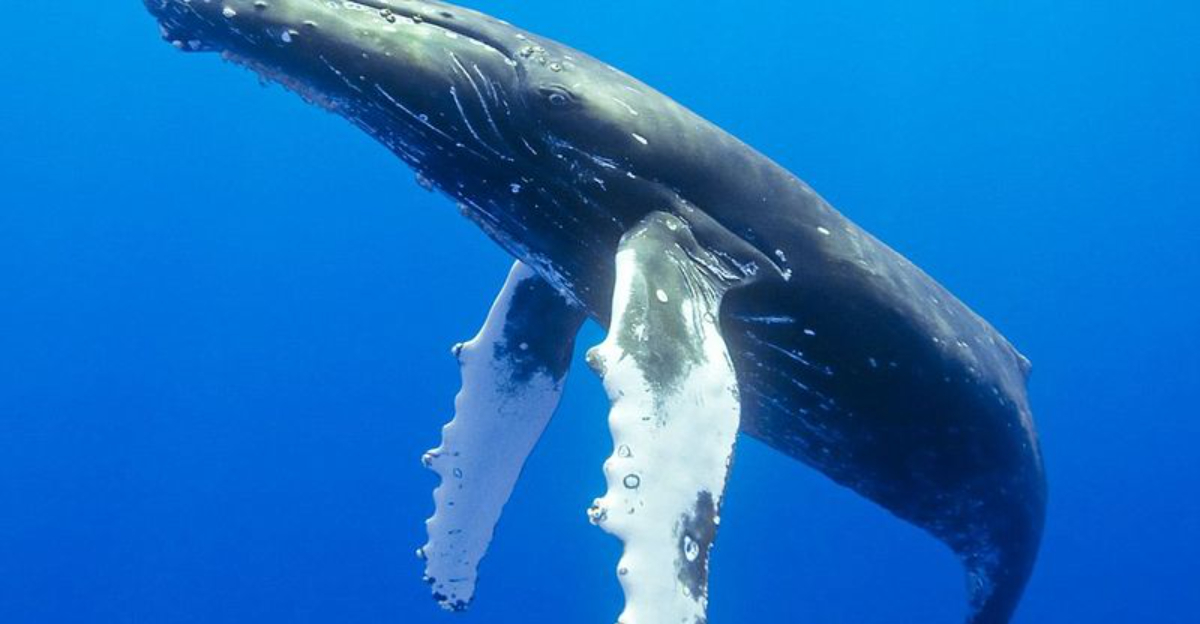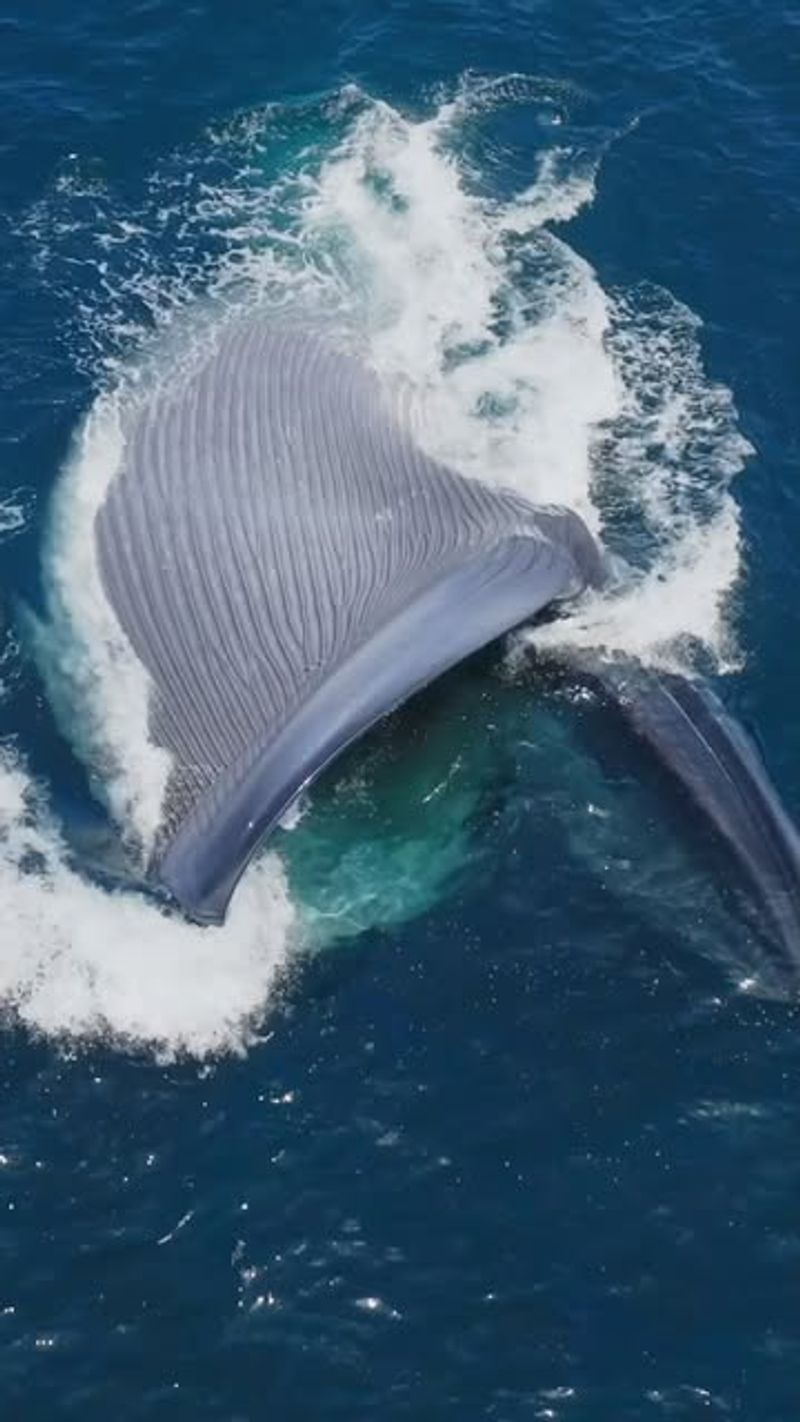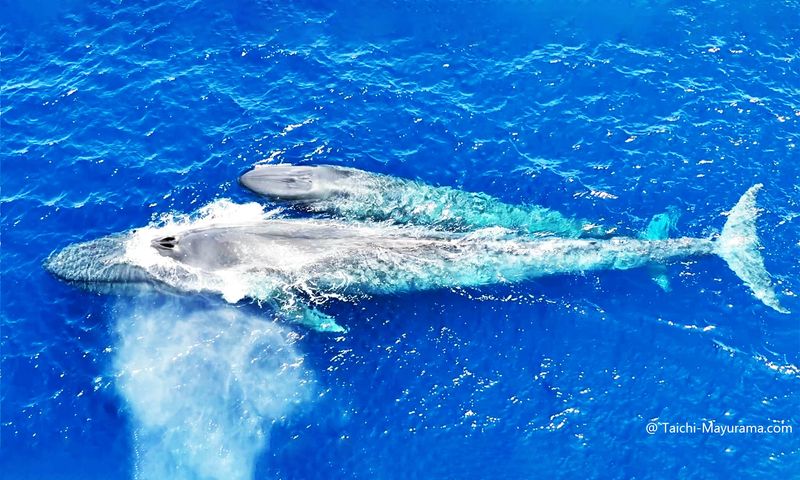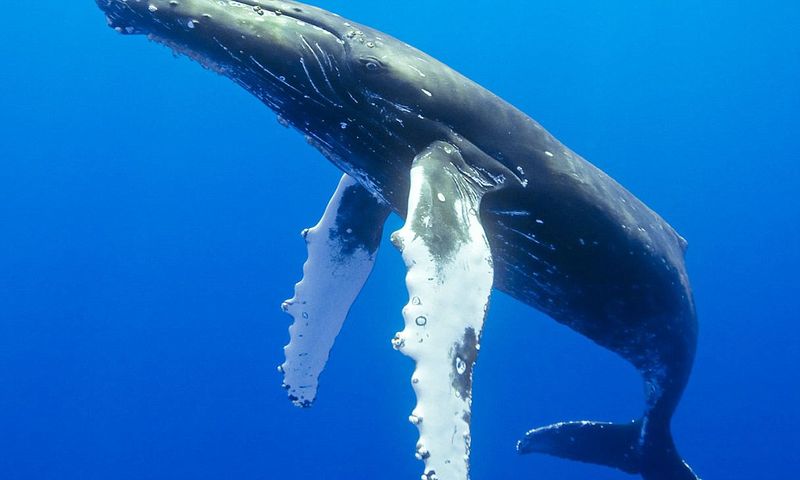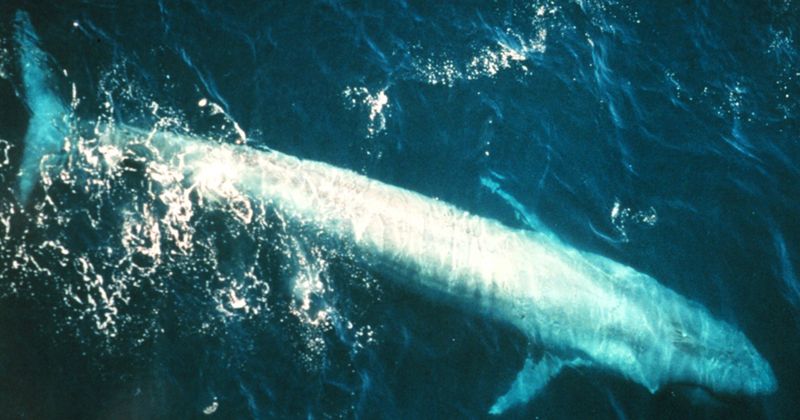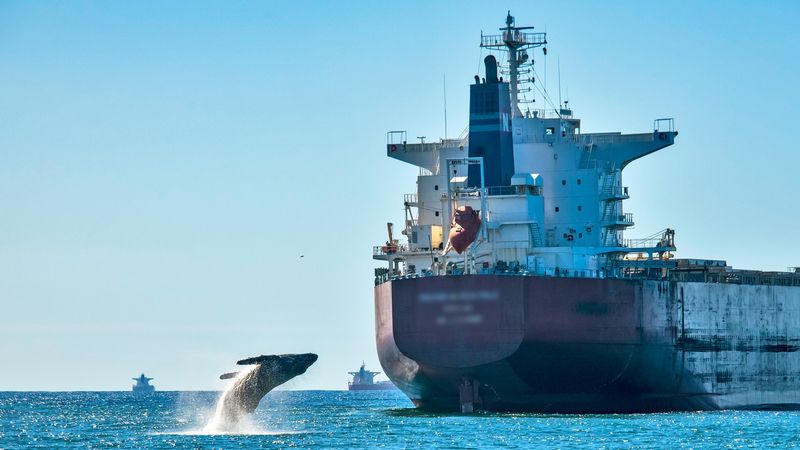Blue whales, the largest animals to ever exist on our planet, travel thousands of miles each year on incredible journeys across the world’s oceans. These massive creatures, weighing up to 200 tons, follow ancient migration routes between cold feeding grounds and warm breeding areas. Understanding their migration helps scientists protect these endangered giants and reveals amazing facts about how they survive in the deep blue sea.
The Hunger-Driven Journey
Imagine eating four tons of food every day! Blue whales need this massive amount of tiny krill to fuel their enormous bodies. During summer months, these ocean giants swim to polar waters where krill is super abundant.
Their feeding technique is fascinating – they speed toward krill swarms with mouths wide open, gulping water and prey in a method called ‘lunge feeding.’ Their unique baleen plates, made of the same stuff as our fingernails, filter out water while trapping the tiny shrimp-like krill inside.
After spending months building up fat reserves in these cold but food-rich waters, blue whales begin their long journey toward warmer regions. This timing is perfectly matched to the seasons, allowing them to take advantage of krill blooms when they’re most plentiful.
Tropical Nurseries For Newborns
The warm, calm waters near the equator serve as perfect nurseries for blue whale calves. After a pregnancy lasting nearly a year, mother whales give birth to single calves that are already giants – measuring up to 25 feet long and weighing as much as a small truck!
These baby blues grow at an astonishing pace, gaining about 200 pounds daily by drinking their mother’s super-rich milk. The warmer temperatures of tropical waters are crucial for newborns who haven’t yet developed the thick blubber layer needed to survive in freezing polar seas.
Mother and calf pairs form incredibly strong bonds during this time. They communicate through low-frequency sounds that can travel for miles underwater, creating a private language between them as the little one learns survival skills.
Mysterious Navigation Skills
How do blue whales find their way across thousands of miles of open ocean without GPS? Scientists believe these magnificent creatures use Earth’s magnetic field as a natural compass! The whales may have tiny magnetic particles in their brains that help them sense direction, similar to how birds navigate during migration.
Ocean currents and underwater landmarks likely serve as highway markers on their journey. Some researchers think blue whales might even use the stars for navigation on clear nights when they surface to breathe.
Memory plays a huge role too. Adult whales remember successful feeding grounds and breeding areas from previous years, following ancient routes passed down through generations. This incredible navigation system allows them to arrive at exactly the right place at the perfect time for feeding or breeding.
Singing Through The Deep
Blue whales are the loudest animals on Earth! Their powerful calls can reach 188 decibels – louder than a jet engine – and travel hundreds of miles through ocean water. Males produce most of these incredible sounds, especially during migration and breeding seasons.
Scientists have recorded different blue whale “dialects” around the world. Whales in the North Atlantic sing differently than those in the Pacific, almost like having regional accents! These songs likely help whales coordinate their movements during migration and help potential mates find each other across vast ocean distances.
Remarkably, the pitch of blue whale songs has been getting lower over decades. Researchers aren’t sure why this is happening, but it might relate to changing ocean conditions or the gradual recovery of their population after whaling was banned.
Threats Along The Migratory Highway
Blue whales face serious dangers during their epic journeys. Ship strikes are a major threat – these gentle giants often swim near the surface and can’t always avoid massive cargo vessels crossing their migration routes. Many carry scars from propeller injuries, while others don’t survive these collisions.
Climate change disrupts the delicate timing of their migration by altering when and where krill blooms occur. When whales arrive at feeding grounds only to find less food than expected, they must travel further or go hungry. Noise pollution from shipping, military sonar, and offshore construction also interferes with their ability to communicate and navigate.
Conservation efforts focus on creating protected corridors along migration routes and establishing shipping regulations in key whale habitats. Satellite tracking helps scientists map their journeys, providing crucial data for protecting these magnificent ocean wanderers.
